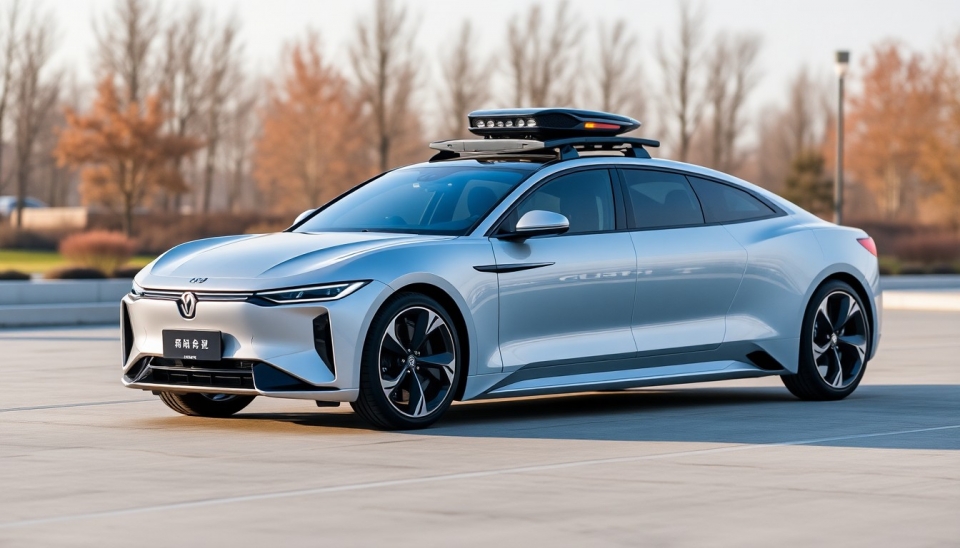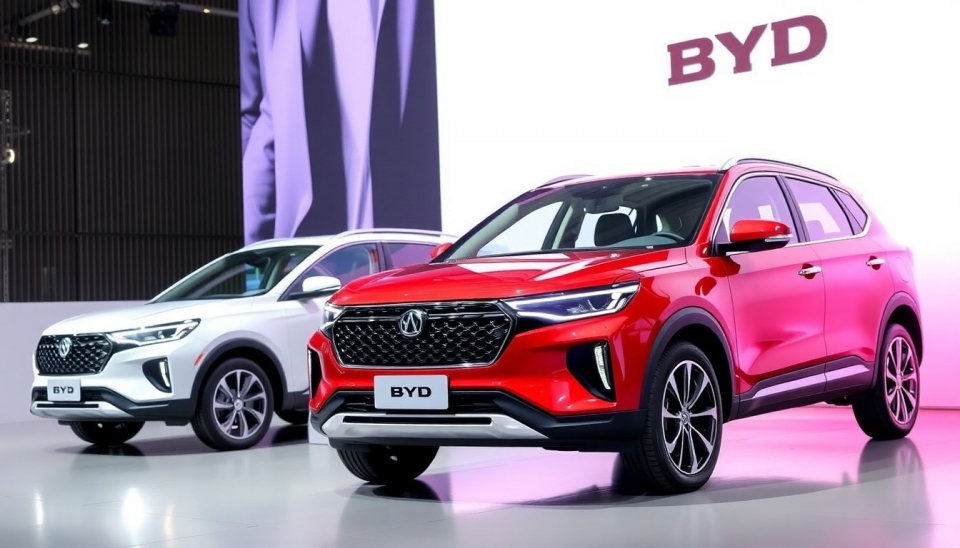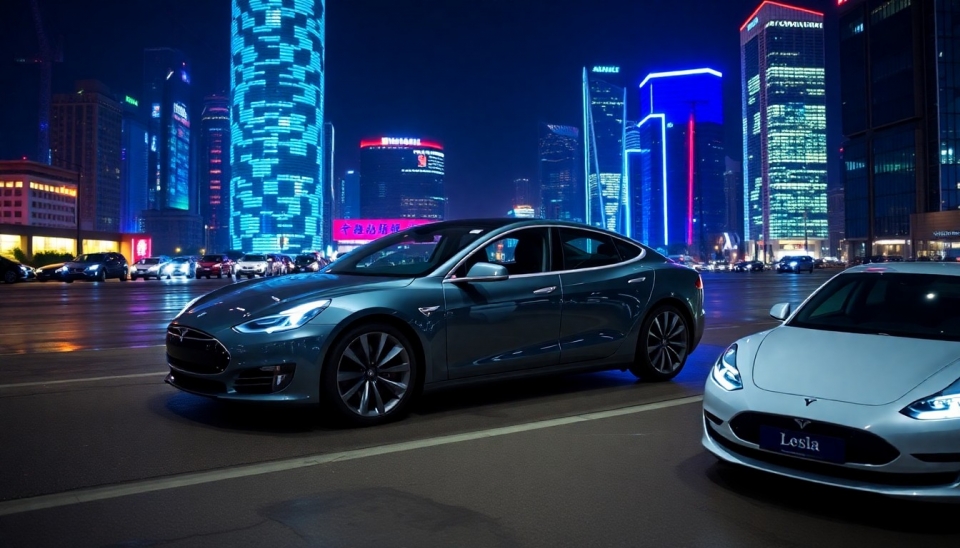
China’s automotive titans are embracing an ambitious vision for the future of transportation. In a significant move aimed at integrating advanced technologies into everyday driving experiences, major players in the automotive industry are advocating for innovations such as artificial intelligence (AI), flying vehicles, and revamped vehicle registration systems. This push not only signifies the rapid evolution of the transportation sector but also aligns with broader government initiatives to establish China as a leader in high-tech mobility solutions.
Amidst a backdrop of rising competition in the global automotive market, companies like Geely, SAIC Motor, and BYD are spearheading these transformative efforts. The integration of AI technologies is expected to enhance vehicle safety, optimize navigation, and improve overall user experience, driving automakers towards a more sophisticated automotive landscape. Their pursuit of AI-infused vehicles is indicative of a broader trend to leverage technology for greater efficiency and sustainability.
In addition to AI, the concept of flying cars is being explored with fervor. While the dream of personal airborne vehicles has long occupied the realm of science fiction, Chinese automakers are turning this vision into a tangible goal. Companies are currently in the early stages of developing prototypes, with aims to integrate flying vehicles into urban transportation networks, thereby alleviating congestion on the ground and showcasing China's technological prowess. Industry analysts express optimism about the feasibility of these innovations within the next decade, although significant regulatory, safety, and engineering challenges remain to be tackled.
Moreover, the shift towards autonomous transportation is complemented by the need for updated vehicle registration processes. With the rise of electric vehicles and the anticipated introduction of flying cars, China is preparing to implement new licensing plates designed to adapt to these advancements. The suggestion of dynamic license plates, which could change according to real-time data or vehicle status, highlights the automotive industry's shift towards smarter, more connected systems. This proactive approach to regulation aims to facilitate smoother transitions into an era where AI and advanced mobility technologies dominate the roads—and skies.
The Chinese government’s regulatory framework plays a crucial role in shaping these advances. Authorities have been proactively laying the groundwork for the adoption of innovative technologies, ensuring that guidelines keep pace with automotive developments. In tandem with industry efforts, these regulations will not only foster safety and reliability but also encourage public acceptance of new modes of transportation.
As China’s automotive industry navigates this transformative period, the concerted efforts of its major players reflect a dual commitment to advancing technology and enhancing mobility for the masses. With AI, flying cars, and a revamped vehicle registration system on the horizon, the country stands on the brink of a transportation revolution that could redefine the way we traverse the urban landscape.
The excitement surrounding these developments resonates well beyond the automotive sector, influencing related industries and highlighting China’s aspirations to dominate future mobility trends. As these concepts move from paper to production, the world will be watching closely, eager to see how China shapes the future of transportation.
#ChinaAutomotive #Innovation #FlyingCars #ArtificialIntelligence #MobilityRevolution #ElectricVehicles #SmartTransportation
Author: John Miller



